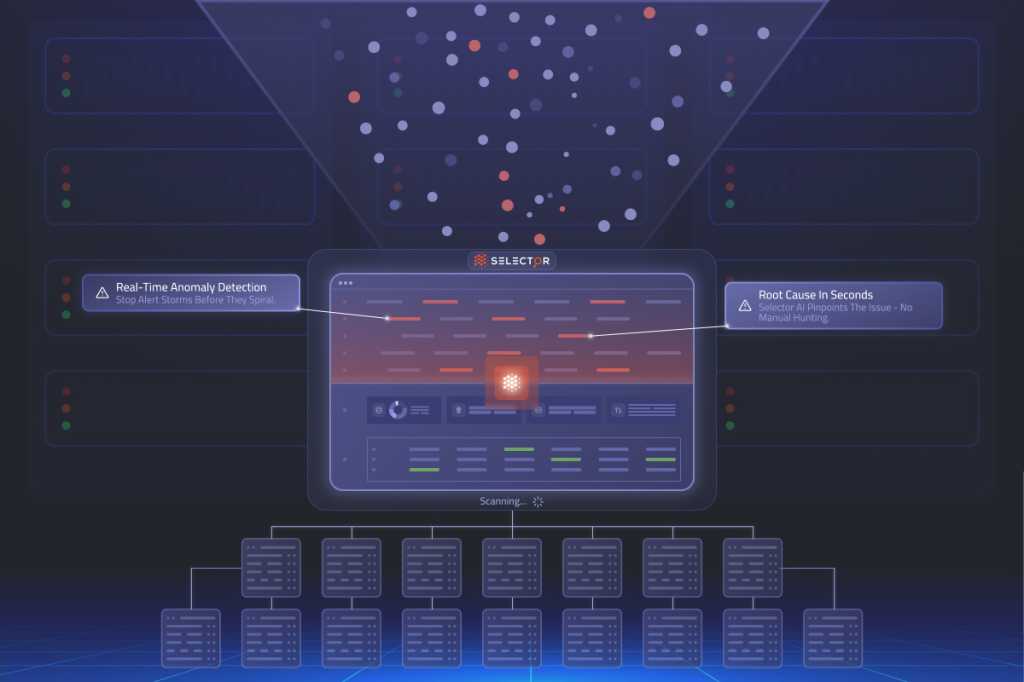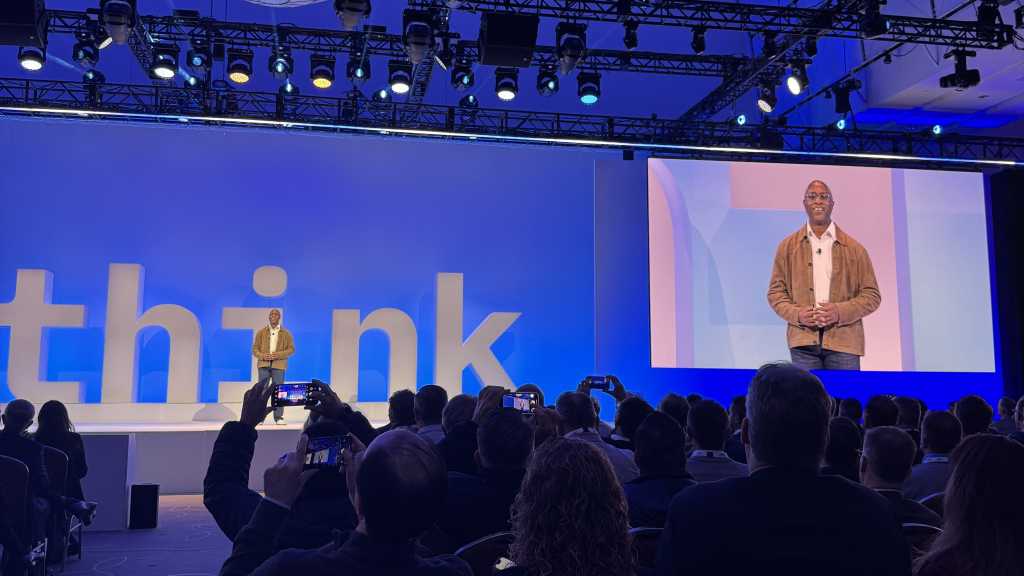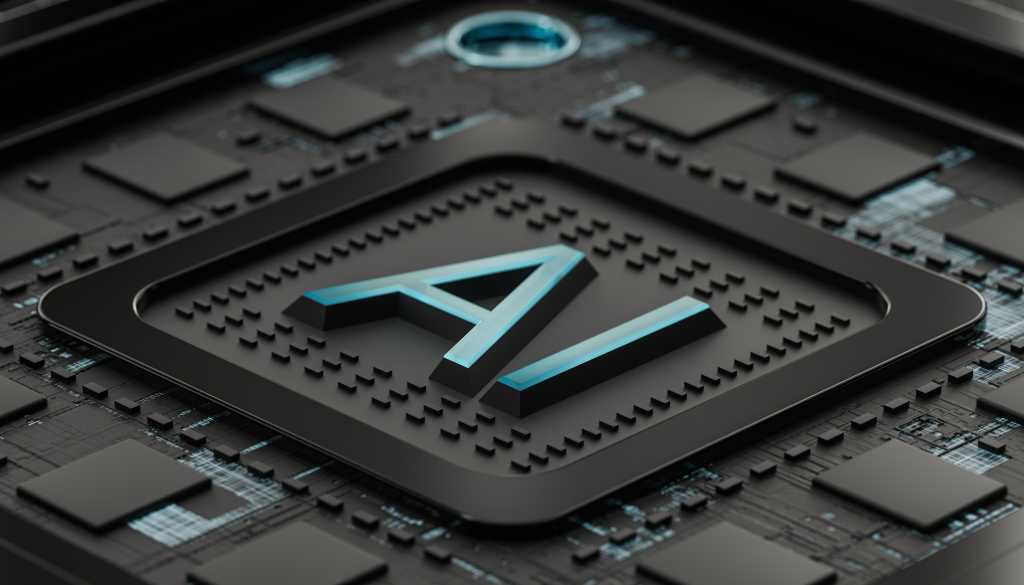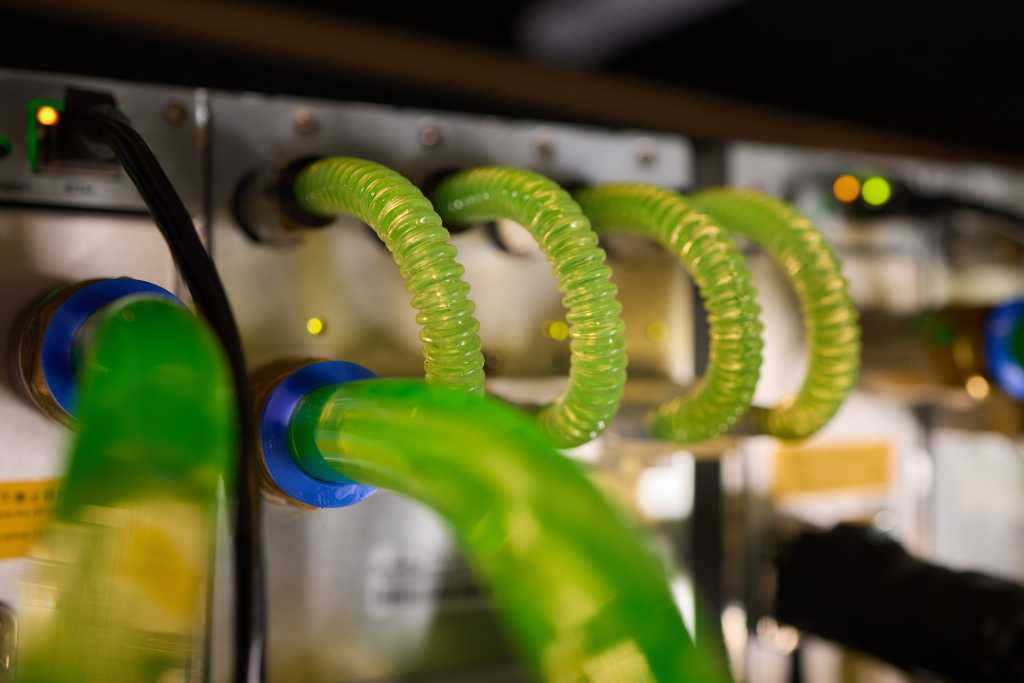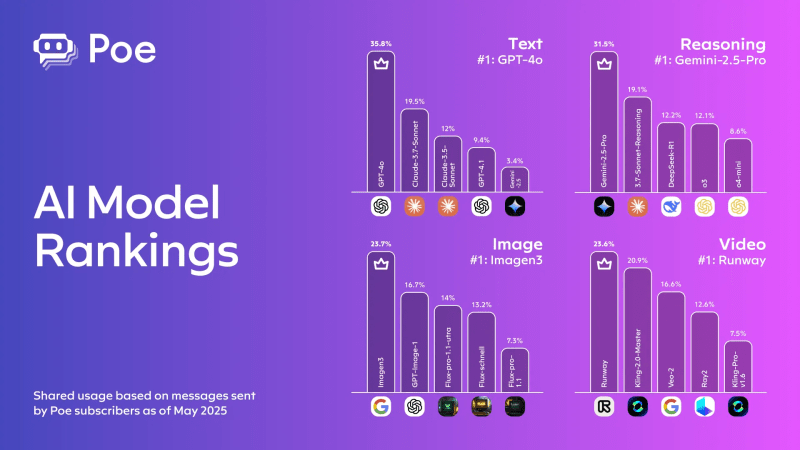
Offshore Energies UK’s (OEUK) 2025 Business Outlook report shows that, under the right business conditions, half of the 13-15 billion barrels of oil and gas the UK is projected to need by 2050 could be produced at home, a release sent to Rigzone by the OEUK team stated.
This would add up to GBP 150 billion ($193.7 billion) of gross value to the UK economy on top of the GBP 200 billion ($258.3 billion) from planned production, safeguarding energy security, jobs and lower carbon emissions alongside an acceleration of renewables, the release noted.
“The independent Climate Change Committee estimates the UK requires 13-15 billion barrels of oil and gas by 2050, the target date for the economy to achieve net zero,” OEUK said in the release.
“The UK is on track to produce four billion of these barrels. Yet the report finds with the right polices to encourage firms to invest, another three billion barrels could be produced at home to meet half of the UK’s needs rather than increasing its reliance on imports,” it added.
“The report also finds that by 2050, when UK electricity demand has more than doubled, oil and gas will still form a fifth of UK energy needs,” it continued.
OEUK highlighted in the release that the publication of its Business Outlook coincides with government consultations with industry on the future of the North Sea and the oil and gas fiscal regime.
“In the coming months interlinked decisions are also expected on the UK Government’s Comprehensive Spending Review and new Industrial Strategy as well as updated environmental guidelines for oil and gas projects,” OEUK pointed out in the release.
“In launching its consultations, the government committed to meaningful engagement with industry. OEUK has said this continued engagement is critical to creating the globally competitive business environment needed to anchor high value jobs and investment in the UK,” OEUK added.
In its report, OEUK noted that UK oil and gas production decline has accelerated over the last five years. The report highlighted that this has averaged nine percent since 2020 but added that it “can be stemmed”. OEUK’s report outlined that this trend “has been driven both by declining investment in the basin and other destinations proving more attractive”.
OEUK said in the report that the challenge in 2025 is to drive investment back into the UKCS in the face of continued business uncertainty.
In OEUK’s release, OEUK Chief Executive David Whitehouse said, “the future of the North Sea is in our hands”.
“Our report shows as we work together to accelerate renewables the UK must make the most of its own oil and gas – or choose to increase reliance on imports. We’re fully engaged with asking policy makers to choose a pragmatic path to the low carbon, high-growth and secure economy we all want to see,” he added.
“Energy security is national security. In an increasingly volatile world the widening gap between the energy we produce and what we import matters. Secure homegrown oil and gas alongside renewables pays taxes, supports jobs and safeguards the supply chains we need to build our energy future,” he continued.
Rigzone has contacted the Climate Change Committee, the UK Department for Energy Security and Net Zero (DESNZ), and HM Treasury for comment on OEUK’s release and report. At the time of writing, none of the above have responded to Rigzone.
OEUK describes itself as the leading trade body for the UK’s offshore energies industry. Its membership includes over 400 organizations with an interest in offshore oil, gas, carbon capture and storage, hydrogen, and offshore wind, OEUK’s release highlighted.
To contact the author, email [email protected]
What do you think? We’d love to hear from you, join the conversation on the
Rigzone Energy Network.
The Rigzone Energy Network is a new social experience created for you and all energy professionals to Speak Up about our industry, share knowledge, connect with peers and industry insiders and engage in a professional community that will empower your career in energy.
MORE FROM THIS AUTHOR

